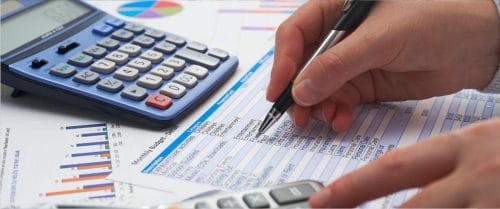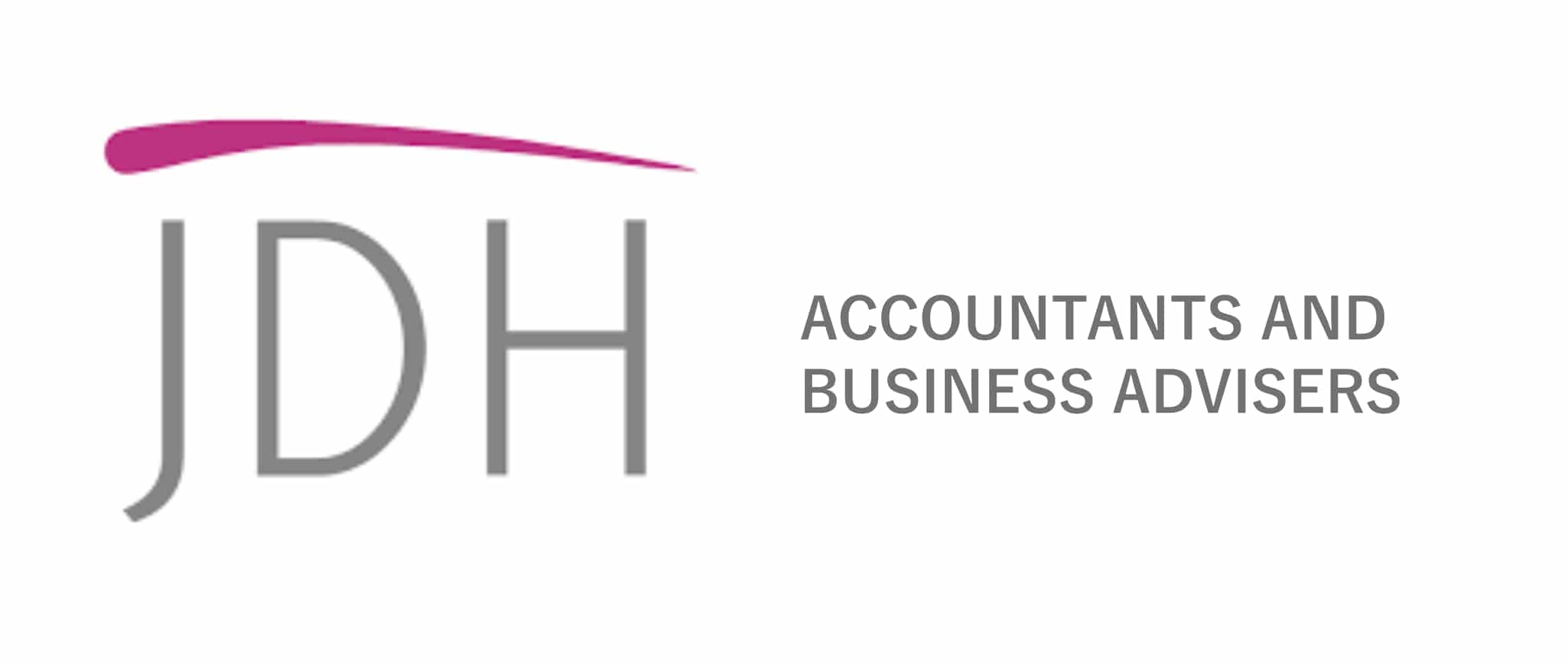
VAT Schemes Explained: Which One Is Right for Your Business?
Understanding the different VAT schemes can be confusing, yet choosing the right one is crucial for your business’s cash flow and compliance. Many businesses don’t realise that HMRC offers several VAT schemes tailored to different sizes and types of companies. In this article, we explain the main schemes to help you make an informed choice.
Standard VAT Scheme Explained
The most common and widely known option is the Standard VAT Scheme. This scheme records VAT based on the date when you raise an invoice. Therefore, once you issue a sales invoice, you must include it in your next VAT return. While this works well if your customers pay promptly, it can cause cash flow problems if payments are delayed. You’ll be paying VAT to HMRC before you actually receive the money from your clients.
Some businesses try to reduce their VAT liability by delaying sales invoices but claiming expenses early—a practice that HMRC clearly discourages. Thankfully, accounting software like Sage 50 includes audit tools that can flag such inconsistencies during VAT inspections. If you face slow-paying customers, you might benefit more from a different approach, such as the VAT Cash Scheme.
VAT Cash Scheme Explained
Unlike the Standard Scheme, the VAT Cash Scheme lets you account for VAT based on when you actually receive and make payments. This means you only pay VAT to HMRC after your customers have paid you. For businesses struggling with slow-paying customers, this can greatly improve cash flow.
The scheme is available to businesses with a turnover under £1.35 million, and you must leave it once turnover exceeds £1.6 million. However, switching between VAT schemes requires careful accounting adjustments. For example, if you move from the Standard VAT Scheme to the VAT Cash Scheme, you must adjust for outstanding customer and supplier balances that were already included in previous VAT returns.
Therefore, before changing schemes, consult your accountant to ensure smooth transitions and correct VAT accounting.
Flat Rate VAT Scheme Explained
Another popular option among VAT schemes is the Flat Rate Scheme, designed for smaller businesses. To qualify, your turnover must be under £150,000. However, once your turnover hits £230,000, you must leave the scheme.
So, how does the Flat Rate Scheme work? Instead of calculating VAT on every sale and purchase, you apply a fixed percentage set by HMRC to your gross sales. This rate reflects the typical VAT liability for your industry. You can view the current rates on the HMRC website.
Many businesses prefer the Flat Rate Scheme because it simplifies VAT calculations. It reduces time spent on paperwork and helps ensure timely VAT returns, lowering the risk of penalties. However, at the year-end, you will likely need to update your bookkeeping. This step is necessary to produce accurate accounts since purchases and expenses aren’t included in the VAT return under this scheme.
You can use the Flat Rate Scheme with either the Cash Accounting method (VAT recorded when you receive payments) or the Standard VAT basis (VAT recorded when invoices are raised). Some software like Sage supports VAT calculations for this scheme, but with other programs, you might need to calculate VAT manually and post journal entries.
Choosing the Right VAT Scheme: Why Professional Advice Matters
Besides the schemes we’ve covered, other specialised VAT schemes exist for specific industries. For example, the second-hand car margin scheme applies unique rules to used car dealers. Because VAT rules vary, always seek advice from a qualified accountant before choosing your scheme.
Understanding the VAT schemes explained here helps you pick the best option. This can improve your cash flow and keep your business compliant with HMRC.
If you want expert advice on which VAT scheme suits your business best, contact us today. We can help you navigate your options and ensure your VAT affairs are in order.
